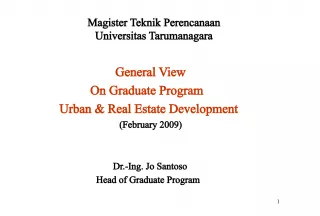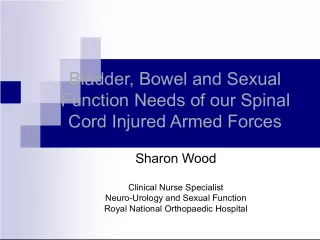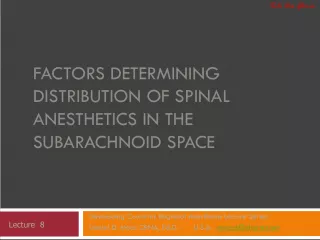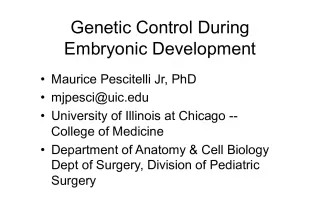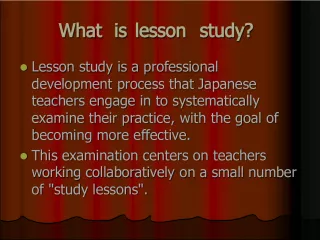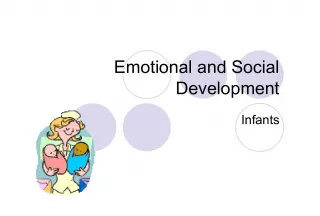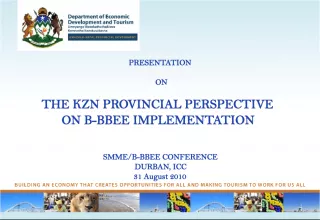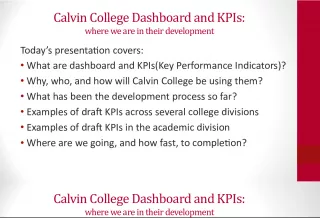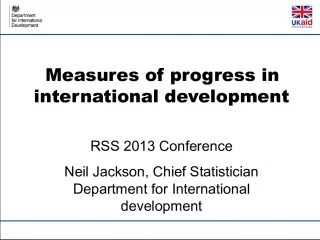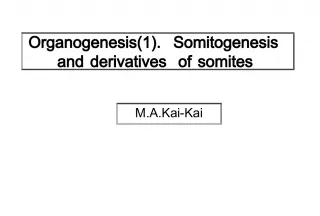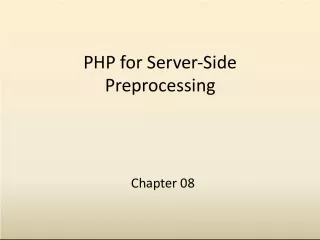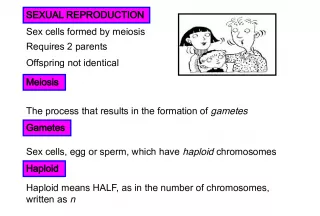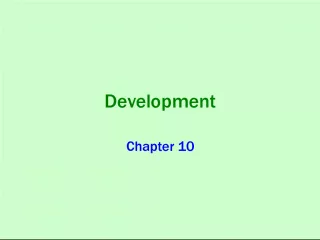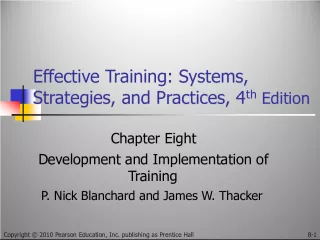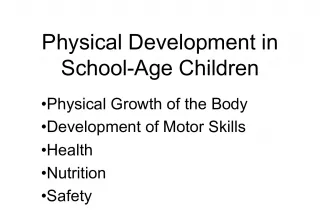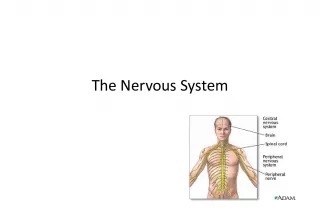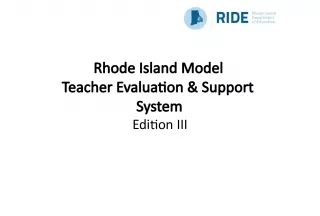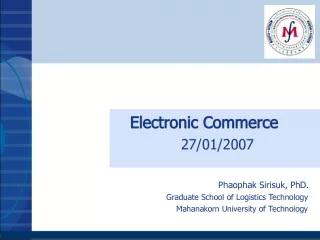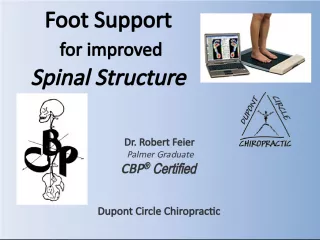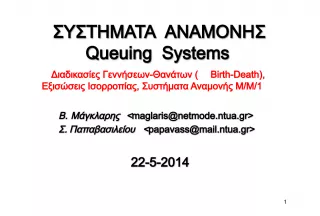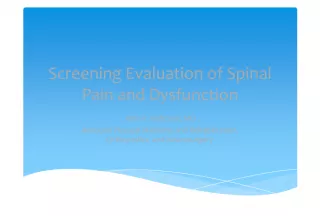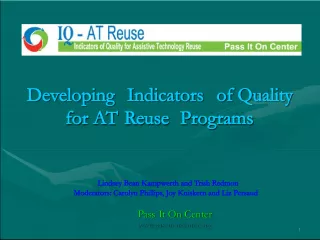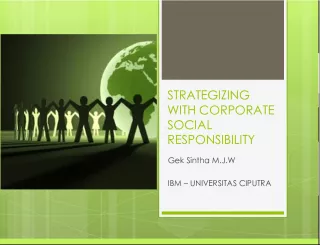The Spinal Development Process in Infancy


Spinal problems like Scoliosis can start early in life as the primary curve forms in the womb. Crawling and play helps strengthen the secondary curves.
- Uploaded on | 143 Views
-
 svetlana
svetlana
About The Spinal Development Process in Infancy
PowerPoint presentation about 'The Spinal Development Process in Infancy'. This presentation describes the topic on Spinal problems like Scoliosis can start early in life as the primary curve forms in the womb. Crawling and play helps strengthen the secondary curves.. The key topics included in this slideshow are . Download this presentation absolutely free.
Presentation Transcript
1. Scoliosis & Curvature
2. Spinal Problems can start in Infancy When a child is in the womb, and is first born, the spine configuration is that of a figure C. This is called the primary curve. The secondary curves of the spine have not yet been formed.
3. While the baby is awake and playing on its stomach, the cervical curve (secondary) is developing and strengthening.
4. After a few months, the infant begins to crawl. This develops the arch of the low back (lumbar curve).
5. Normal Lumbar Curve and Discs The lumbar curve develops after birth as the baby crawls.
6. The Kyphosis The flattening of the low back curve is called a kyphosis. This distortion puts improper pressure upon the spinal discs, and can cause disc wedging and vertebral misalignments (subluxations).
7. Abnormal Spinal Mechanics The center of the disc (N) can slip to one side and cause subluxations that result in curvatures and scoliosis. This happens when there is abnormal flattening of the lumbar arch (kyphosis).
8. Curvatures & Scoliosis Spinal misalignments of youth develop curvatures which create spinal problems in adult life. A curvature is an abnormal spinal contour. Scoliosis is a type of curvature that has an abnormal lateral bend.
9. While sleeping , If the child lies habitually with its head to one side, you should turn the child over on its back. When in the crib, the child will look towards the light, or any motion. Change the baby's position, and place its head one day on one end of the bed, the next day on the other.
10. Jolly Jumpers, Swingy Swings and other Contraptions No contraption is more dangerous for the baby's spine than the "Swingy Swing" or spider legged walker, which sometimes has wheels. The swing holds the spine in the figure "C" posture, and prevents the development of the secondary curves of the spine. The walker encourages propelling themselves with their feet before their spine is developed properly for the upright posture. Both the swing and the walker train the baby's balance mechanism, (the labyrinth of the inner ear), to accept the upright posture. Both devices encourage early walking by the baby, and the urge for it to stand before the spine is ready to support the weight. The crib and playpen are also prone to encourage a child to attempt to stand. As soon as the baby is able to grab the bars of his confinement, he automatically attempts to stand, and again the upright posture is assumed before the lower back has formed its normal curve. This leads to a flat lower back which is called kyphosis. Babies should crawl! Todays babies are not encouraged to crawl long enough, and parents encourage their children to walk too soon. Adults with a well developed arch in their lower back have fewer low back problems.
11. Swingy swingsets, play pens and walkers are encouraging children to walk too soon. School exercises such as sit-ups, & bending over touching the toes are destructive to the proper development of normal spinal curves. Hereditary development, a short leg, pelvic (hip) distortions, and certain diseases all can contribute to curvature development. Early detection and chiropractic care may prevent further curvature, so surgery and bracing are rarely necessary.
12. Summary 1) The spine does not develop its normal anterior arches, and this causes unusual weight to be carried on the spinal discs. 2) The center of the disc shifts to one side, and the vertebra tips to the other side, just like a teeter-totter. 3) This misalignment (subluxation) causes the spine to tip to one side. 4) To compensate for this bend, the spine then tips to the other side and the result is scoliosis. 5) Chiropractic has been proven to be the most effective means of curvature control and correction.
13. Doctor GoodBack.com Doctor GoodBack says, Take care of your spine and it will take care of you!
